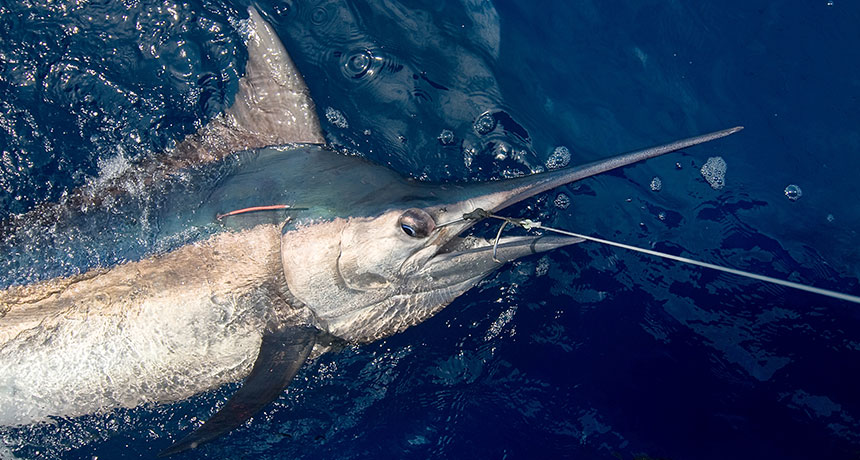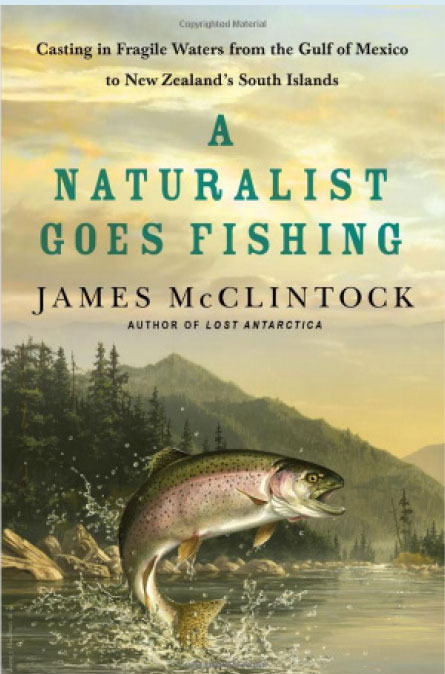Marine biologist chronicles a lifelong love of fishing
A fisherman’s paean to his favorite avocation also describes the myriad threats to fish worldwide

CAUGHT Marlin are among the many fish that James McClintock describes angling for. Today, most caught billfish are released.
Neophuket/Shutterstock








